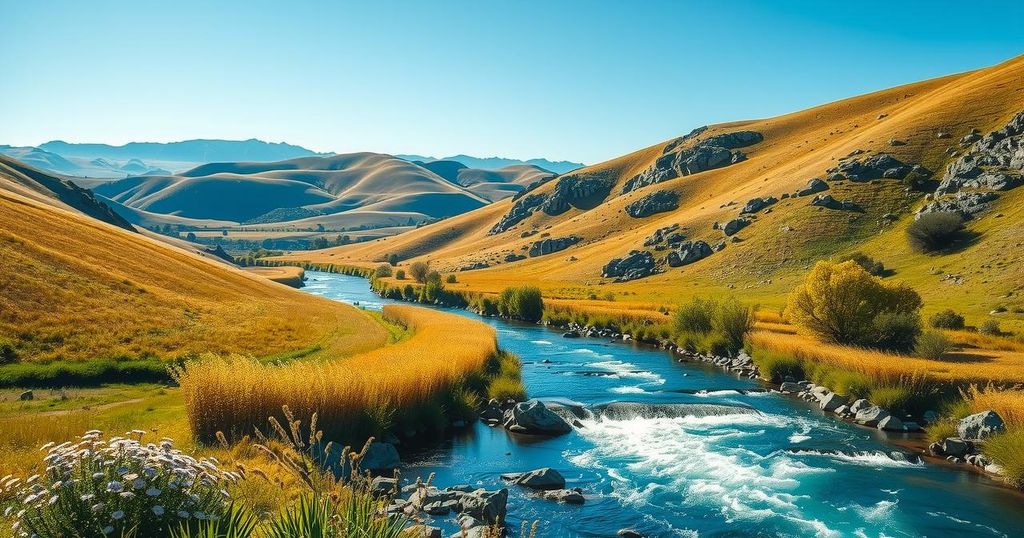Understanding Argentina’s Summer Weather Variability

Argentina’s summer weather varies greatly by region, with northern areas experiencing high temperatures above 90°F and southern regions being much cooler. Typical summer temperatures range from 50°F to over 90°F, with northern regions seeing more rainfall. Understanding these differences is essential for effective travel planning.
Argentina experiences a diverse summer climate, characterized by varying temperatures across its regions. The northern parts, such as Salta and Tucumán, typically encounter warmer weather, with temperatures soaring above 90°F (32°C), making them ideal for summer activities. In contrast, southern areas like Patagonia can be cooler and milder, with average summer temperatures ranging from 50°F (10°C) to 70°F (21°C). Rainfall is common in certain regions, especially in the tropical north, impacting outdoor plans.
The climate of Argentina during summer, which spans from December to February, varies significantly depending on geographical location. This variability is primarily due to its vast landscape, which includes mountains, plains, and coastal areas. Understanding this climatic diversity is essential for planning travel and outdoor activities, as it influences temperature, weather patterns, and overall conditions.
In conclusion, Argentina’s summer weather is marked by a wide temperature range and differing precipitation levels across its regions. While northern areas heat up significantly, the south remains relatively cooler. Travelers should consider these climatic variations when planning their summer visits to optimize their experiences based on local weather conditions.
Original Source: www.chronicleonline.com






